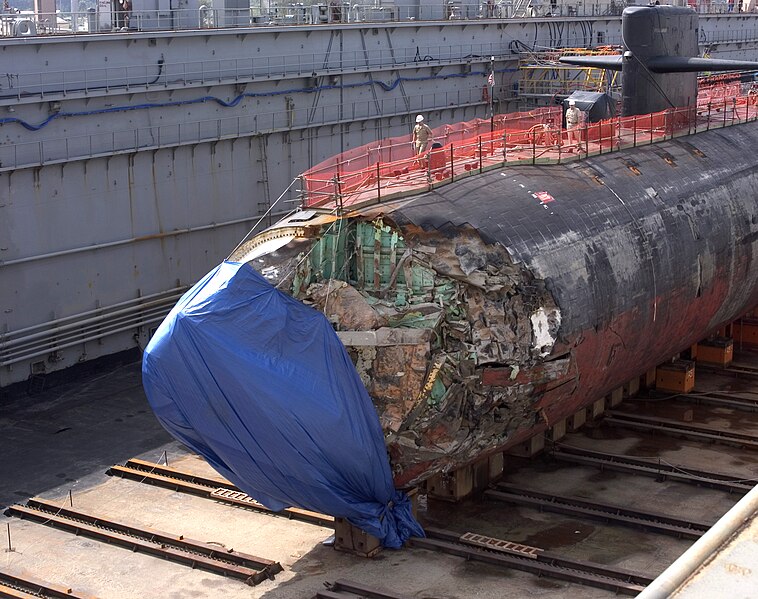Certainly! Here are some fascinating and fun facts about nuclear submarines:

Endurance: Nuclear submarines can stay submerged for months without needing to surface for refueling or resupply. Some have been known to remain underwater for over 6 months at a time, thanks to their nuclear power plants.
Speed: Nuclear submarines are capable of reaching impressive speeds underwater, often exceeding 25 knots (approximately 29 miles per hour or 46 kilometers per hour). This speed allows them to swiftly navigate the ocean depths.
Stealth: Nuclear submarines are designed for stealth, with features to minimize their acoustic, magnetic, and radar signatures, making them difficult to detect by adversaries. Their ability to remain undetected enhances their effectiveness in covert operations and strategic deterrence.
Deep Diving: Nuclear submarines are capable of diving to extraordinary depths, often exceeding 800 feet (approximately 240 meters) or more. Some submarines are designed to withstand pressures equivalent to depths of over 2,000 feet (approximately 610 meters).
Nuclear Reactors: Nuclear submarines are powered by nuclear reactors, which generate steam to drive turbines and propel the vessel.
These reactors can operate continuously for years without refueling, providing unmatched endurance and range.
Ballistic Missile Submarines (SSBNs): Some nuclear submarines, known as SSBNs, are armed with intercontinental ballistic missiles (ICBMs) capable of carrying multiple nuclear warheads. These submarines play a critical role in a nation’s nuclear deterrent strategy.
Crew Comfort: Despite the confined space and isolation of submarine life, modern nuclear submarines are equipped with amenities to ensure crew comfort during long deployments. This may include recreation areas, gyms, libraries, and even movie nights.

Advanced Technology: Nuclear submarines feature cutting-edge technology, including advanced sonar systems, periscopes with high-definition cameras, state-of-the-art navigation equipment, and computerized command and control systems.
Global Reach: Nuclear submarines can operate in all oceanic regions, providing their operating nations with a global presence and the ability to project power and influence across vast distances.
Environmental Impact: Nuclear submarines have a relatively low environmental impact compared to conventionally powered vessels, as they do not rely on fossil fuels and produce minimal emissions.
However, the disposal of nuclear waste remains a significant consideration.
These fun facts highlight the remarkable capabilities and characteristics of nuclear submarines, showcasing their importance in naval warfare and strategic defense.





